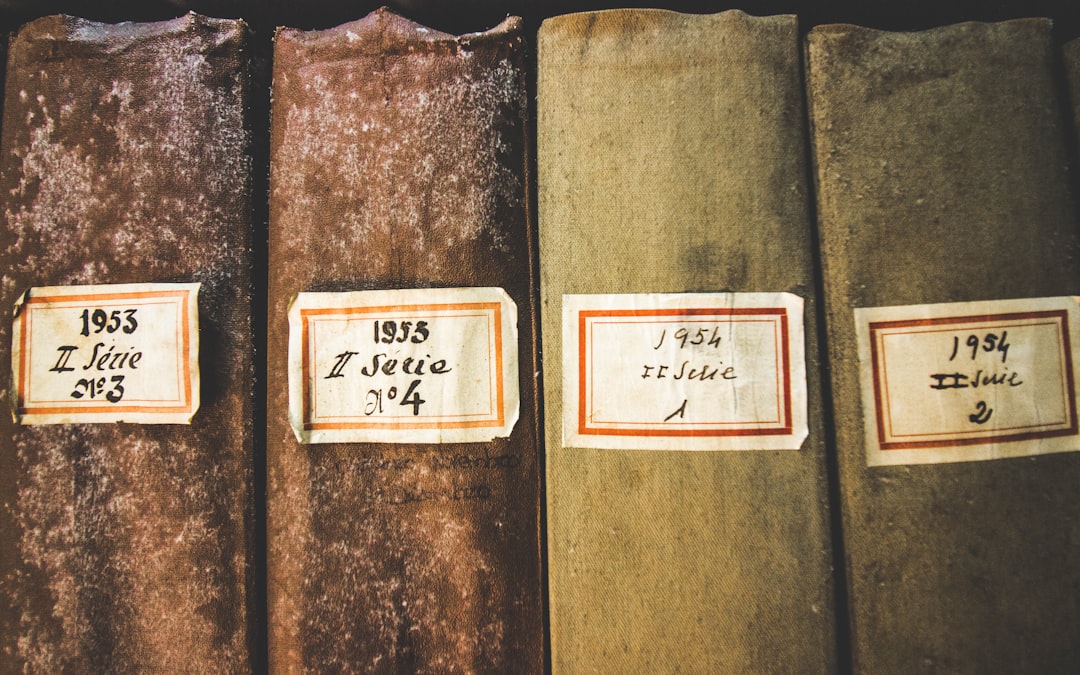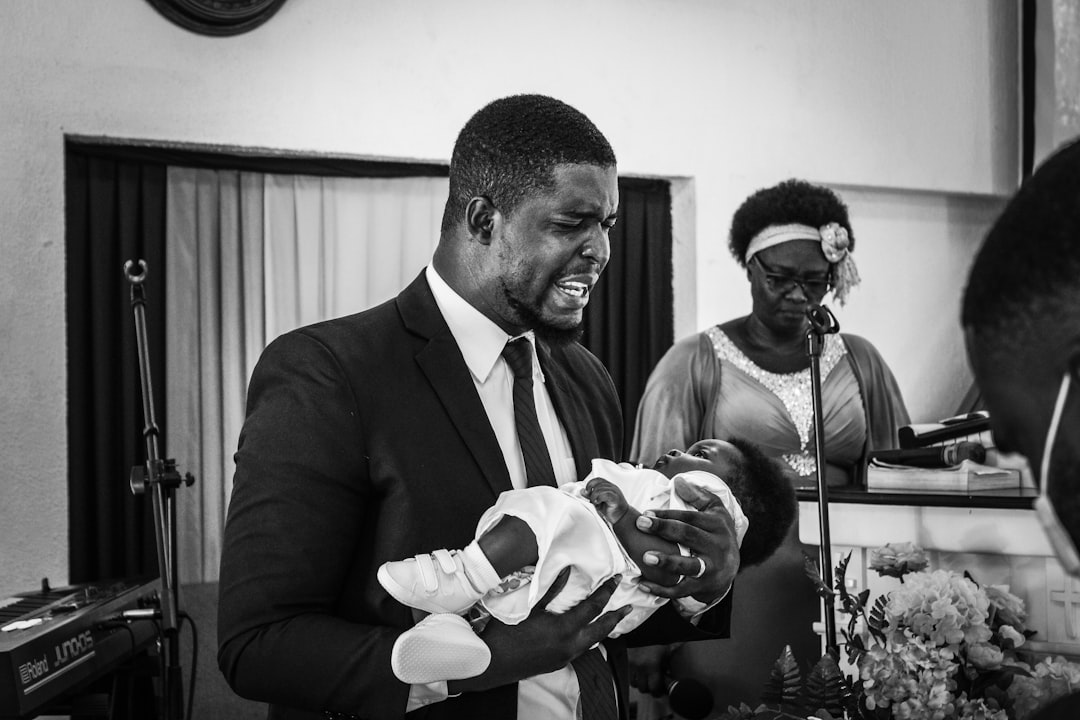What is it about?
This article analyzes the creation of the figure of a 'textual balladeer' in Lorca's gypsy ballads, arguing that it is a specific creation which bears the weight of the poet's imagined relation to tradition, and that it cannot be grasped simply as a narrative voice. Taking the 'Romance sonámbulo' as an example, I argue that Lorca makes the illusion of a powerful voicing of his text an important dimension of the reading experience. How 'voice' is achieved is analyzed through the poet's artful handling of sound and metrical form.
Featured Image

Photo by Mark Tegethoff on Unsplash
Why is it important?
This article gets at the paradoxical gesture of modernity in Lorca's ballads: they are an invention, posing as the fragmented 'found' texts of tradition, which Lorca's contemporaries believed had survived through a broken record of transmission.
Perspectives
The article attests to the poet's love of orality even as he is aware that the legacy of an oral culture has only survived textually.
Dr Roberta Ann Quance
Read the Original
This page is a summary of: ‘A way of happening, a mouth’: On an Aspect of Lorca’s Revision of the Old Spanish Ballads, Bulletin of Spanish Studies, November 2016, Taylor & Francis,
DOI: 10.1080/14753820.2016.1246150.
You can read the full text:
Contributors
The following have contributed to this page










